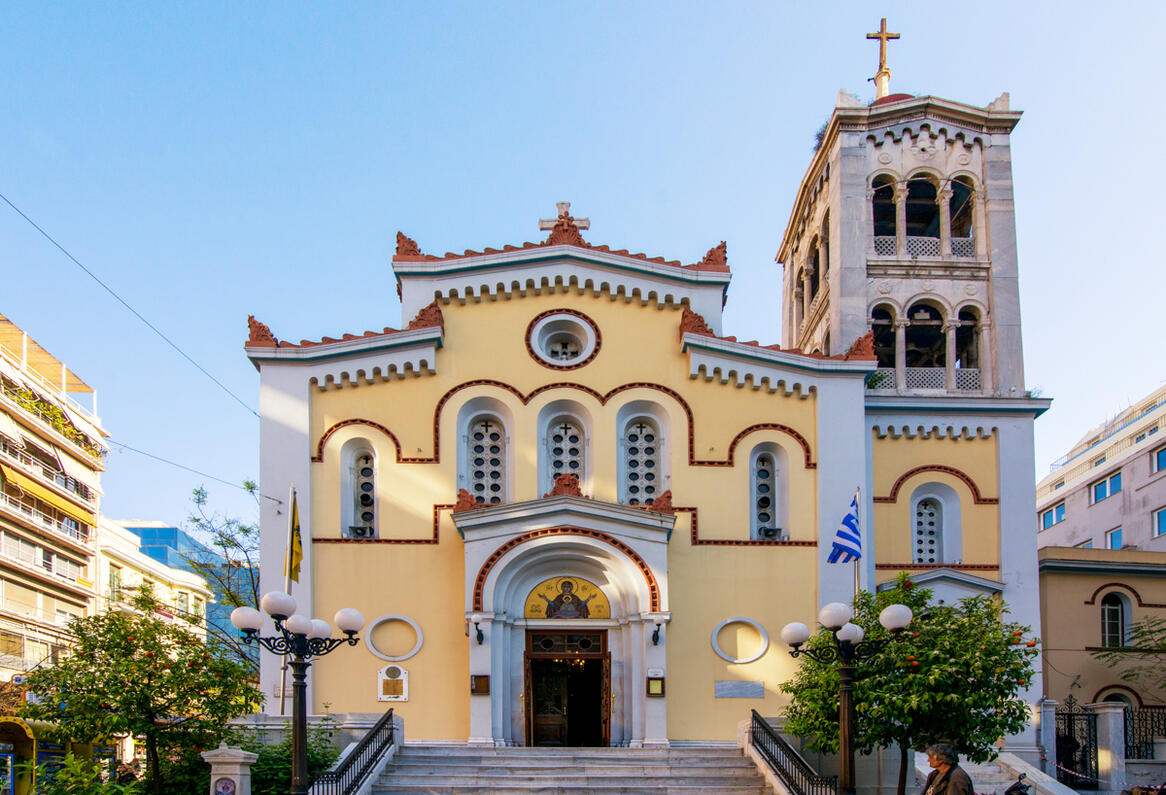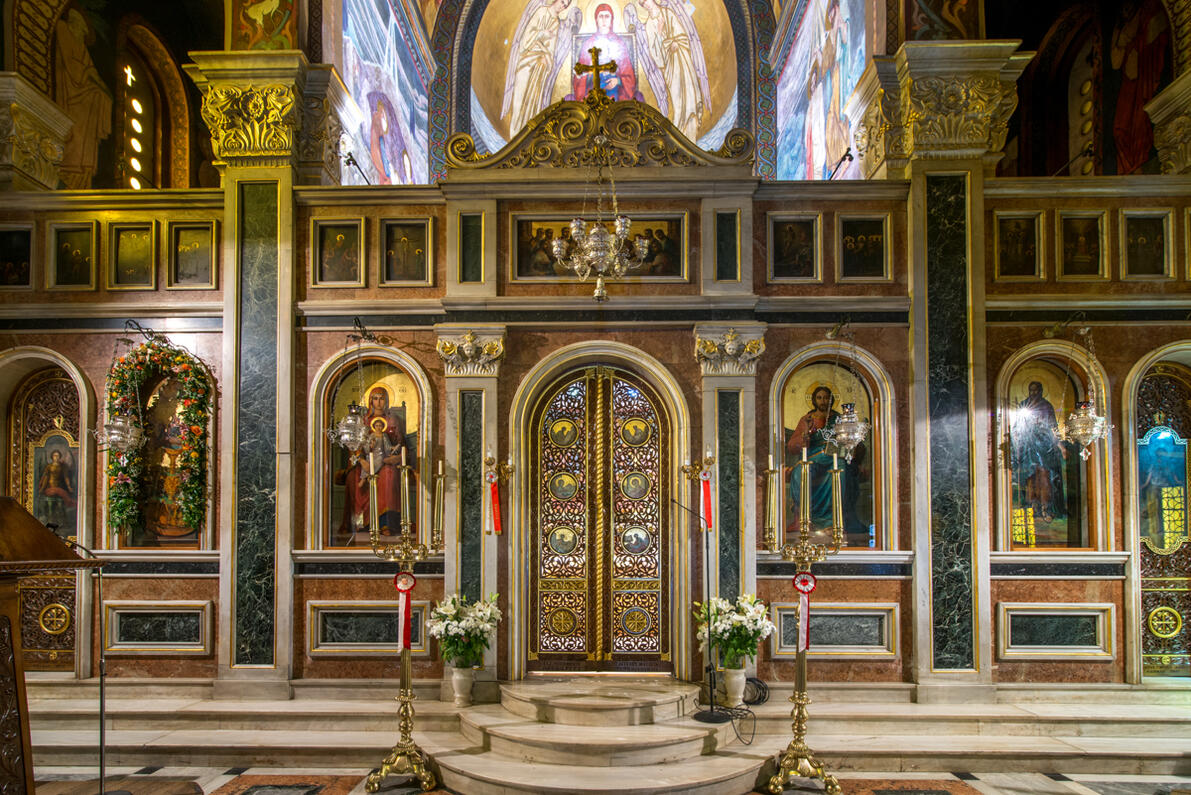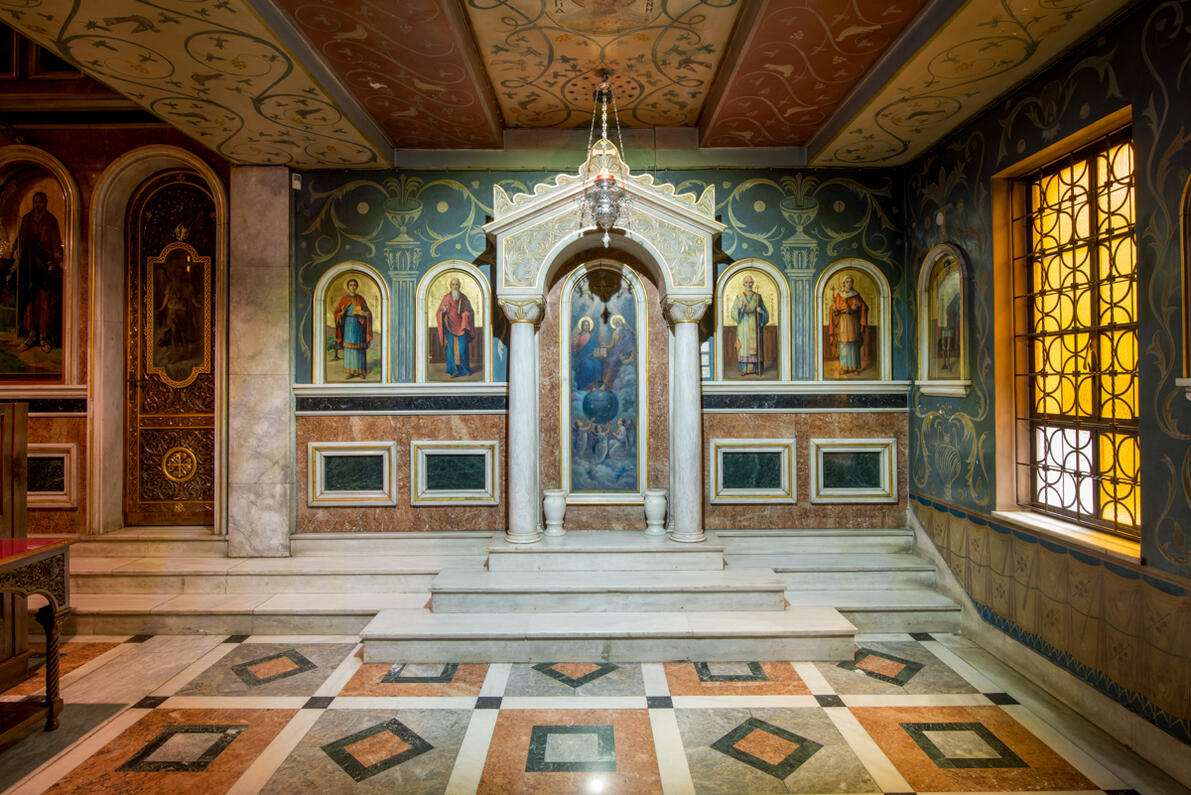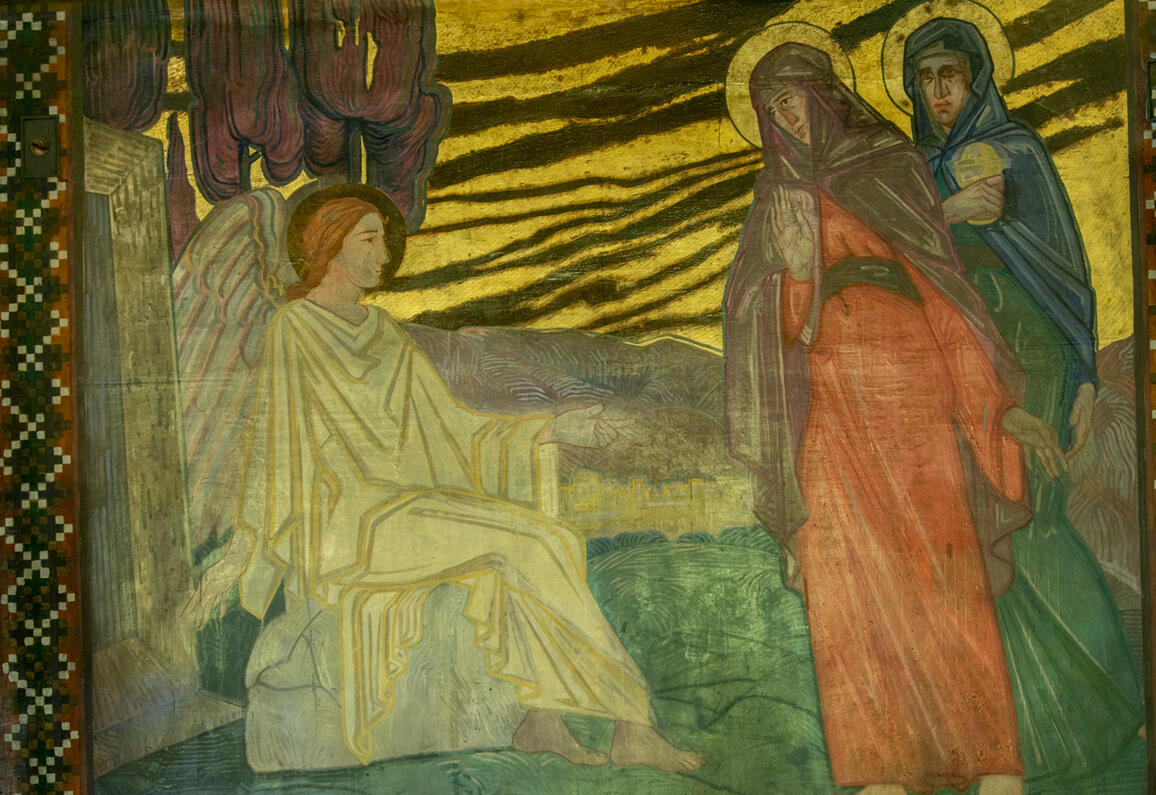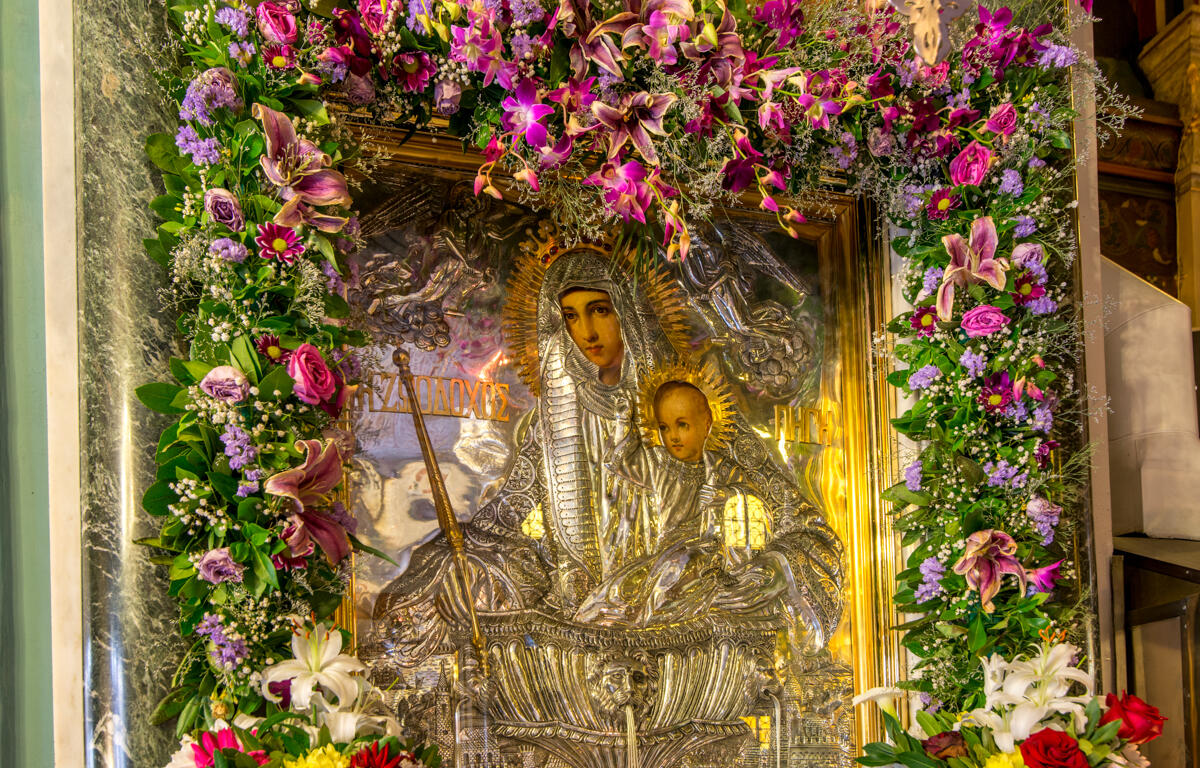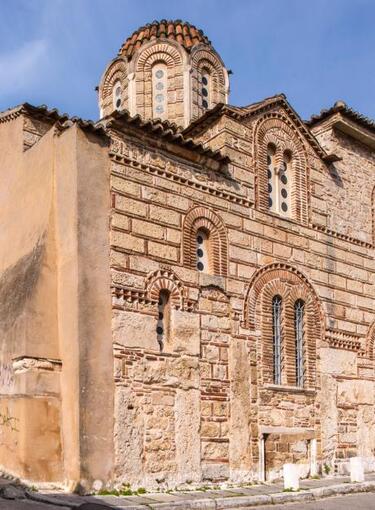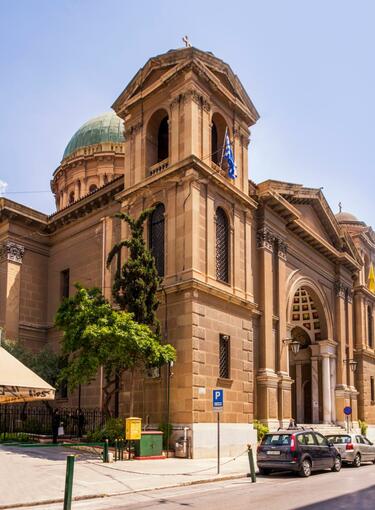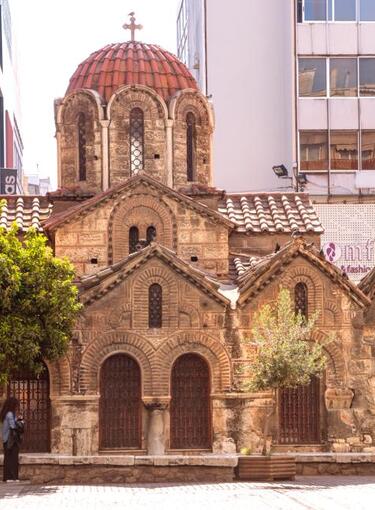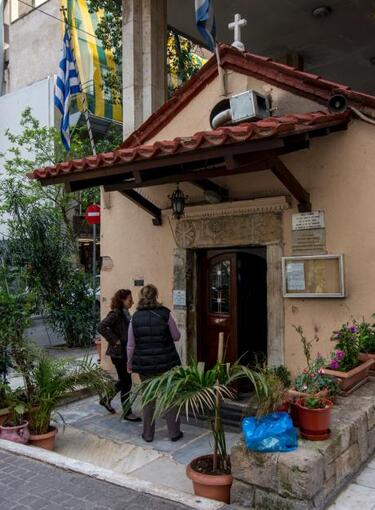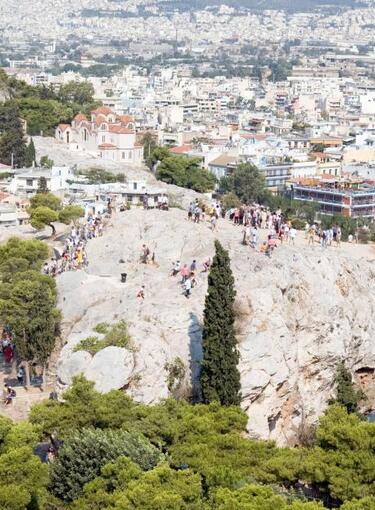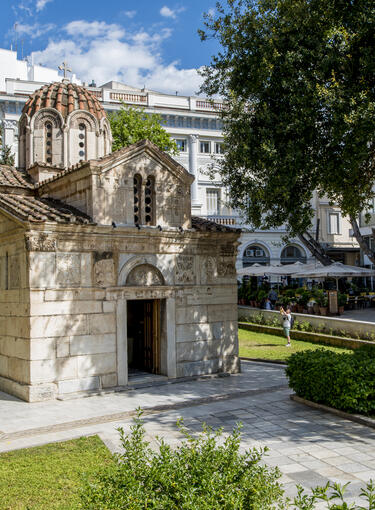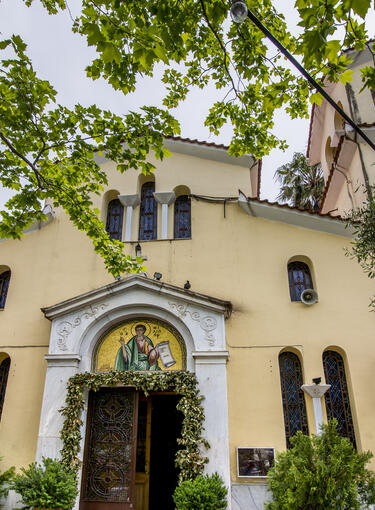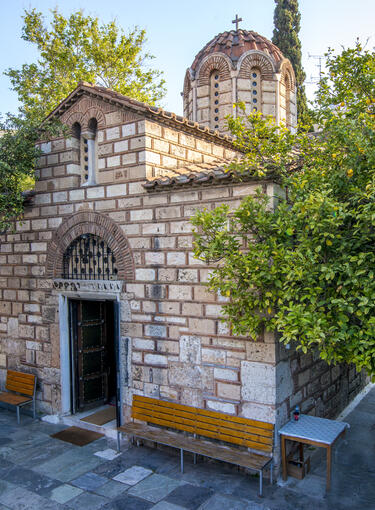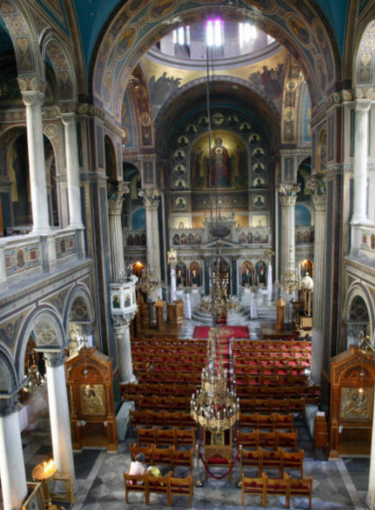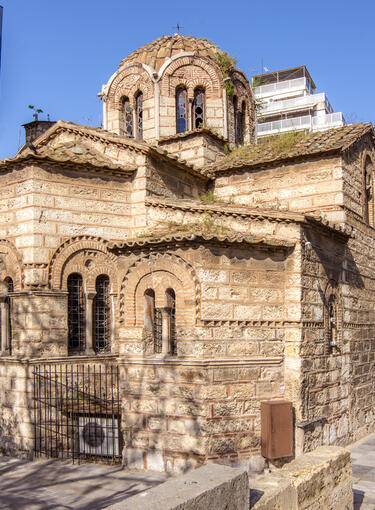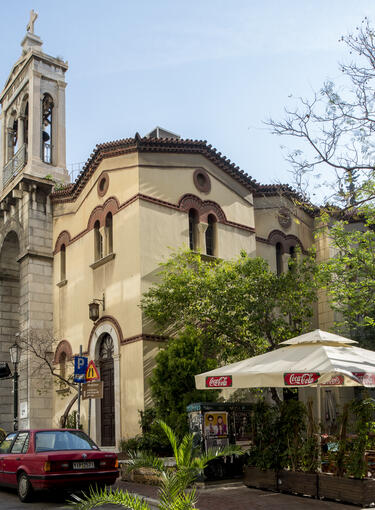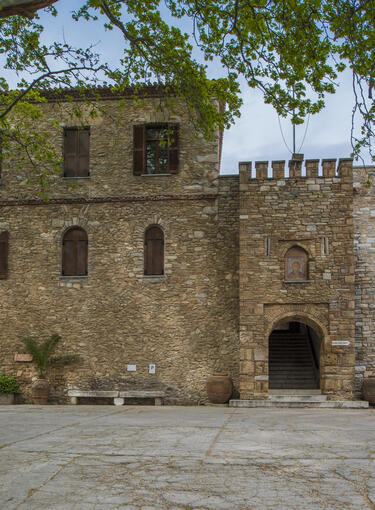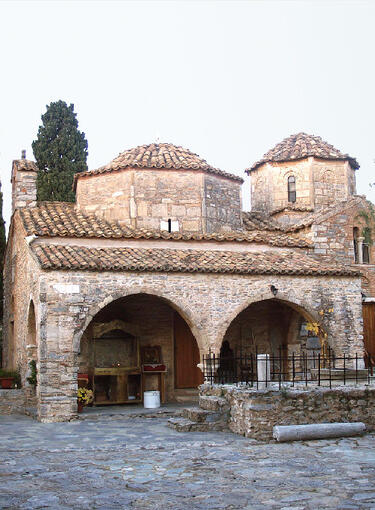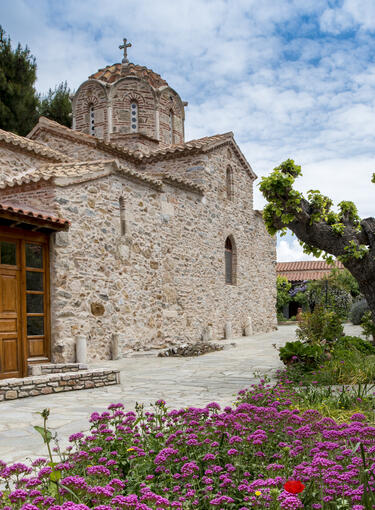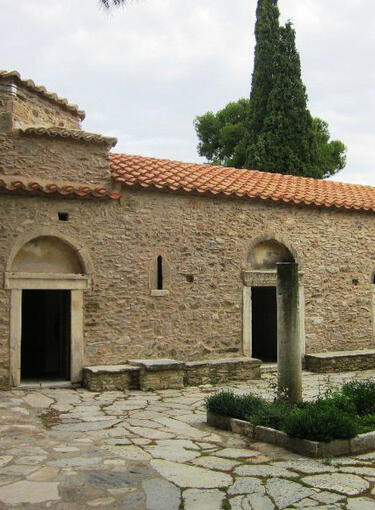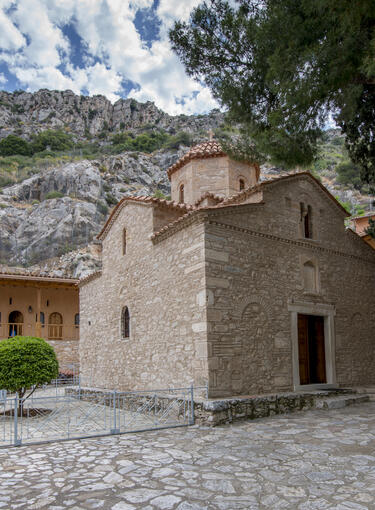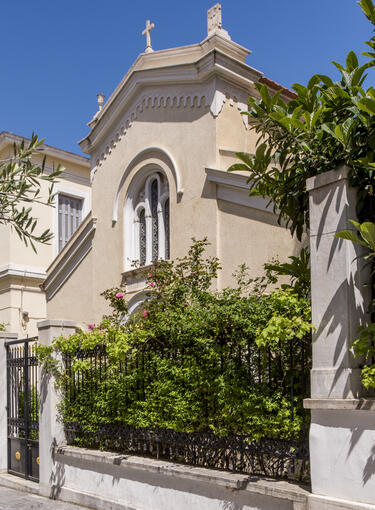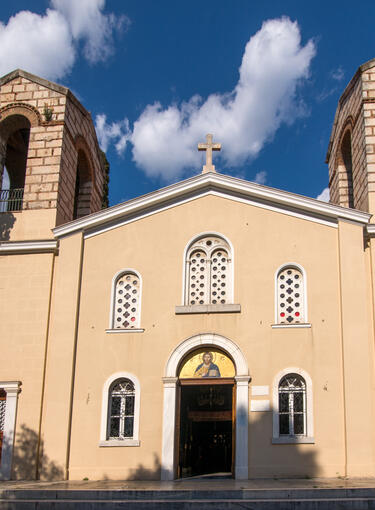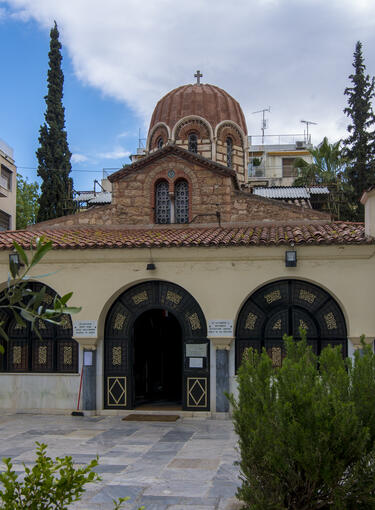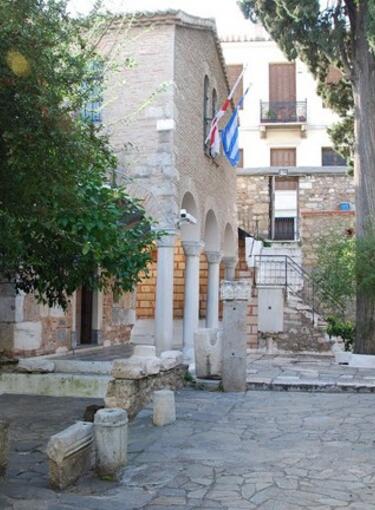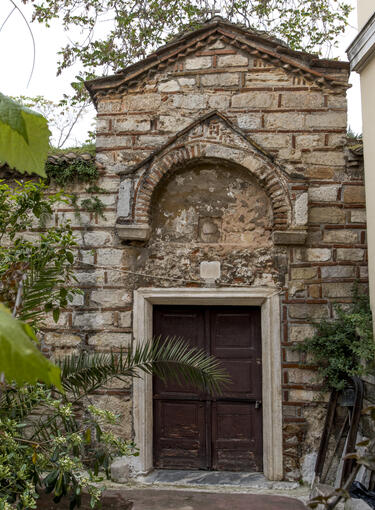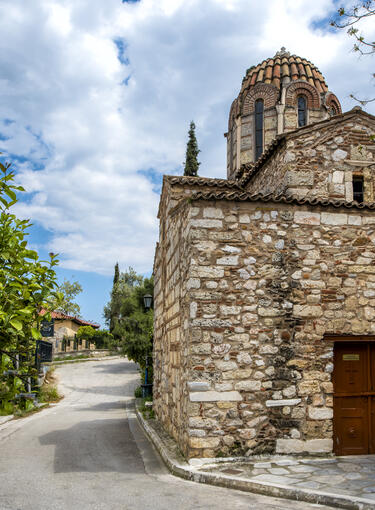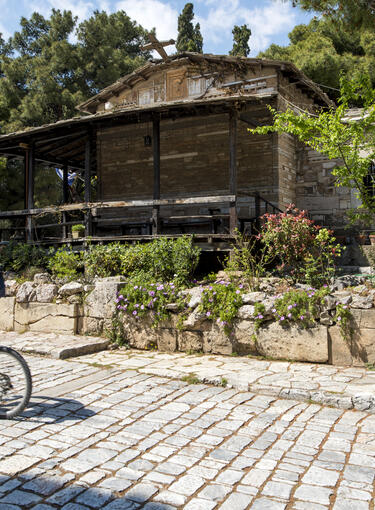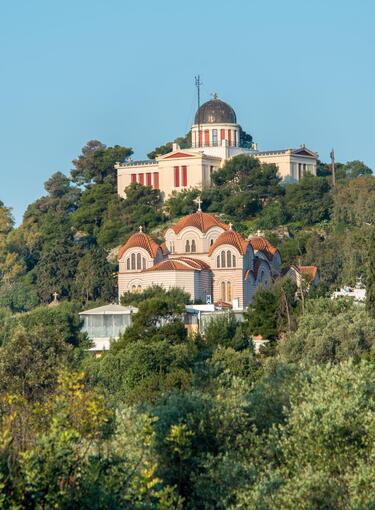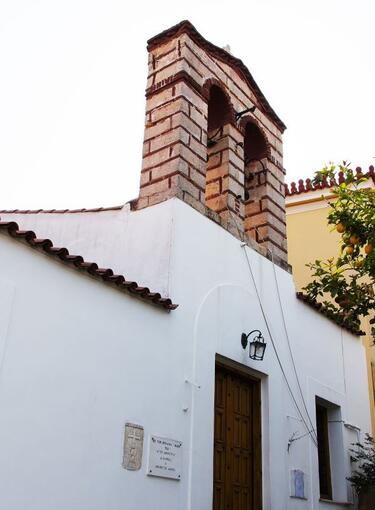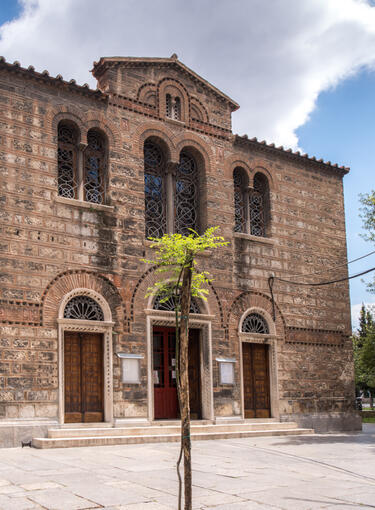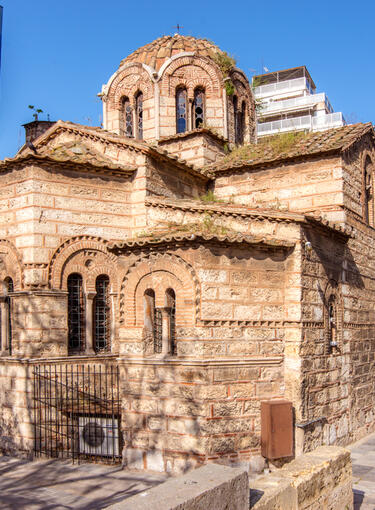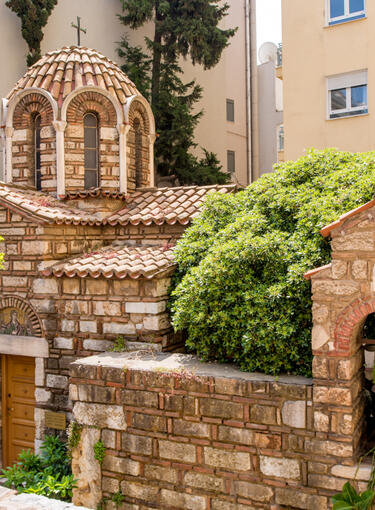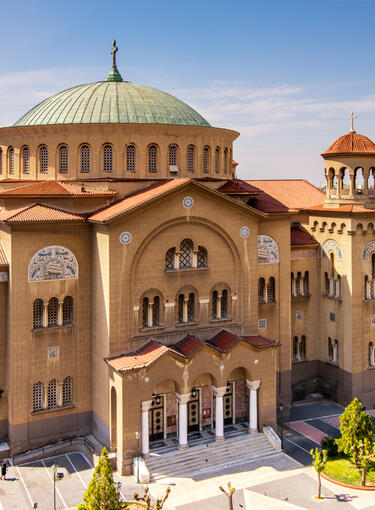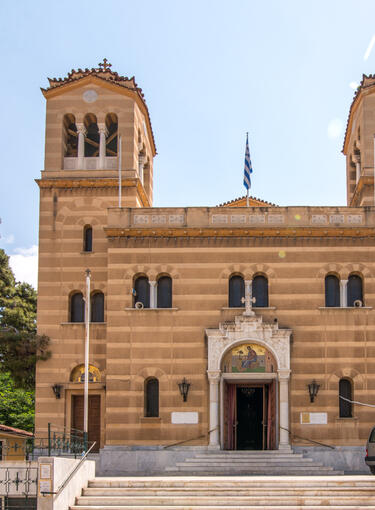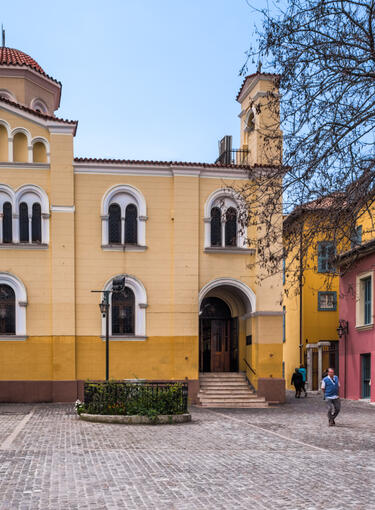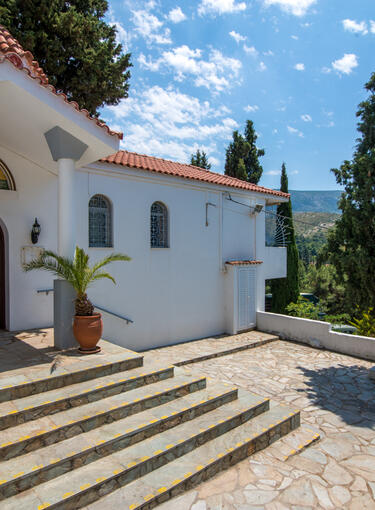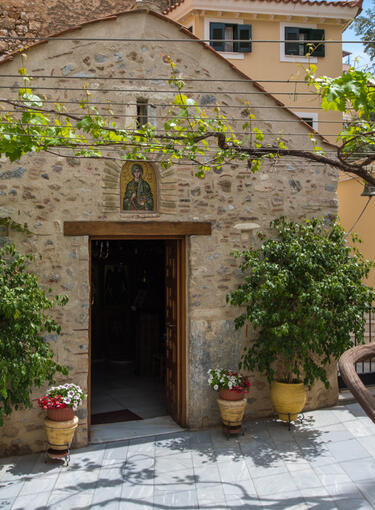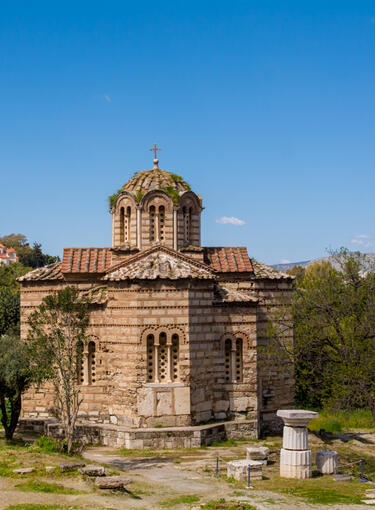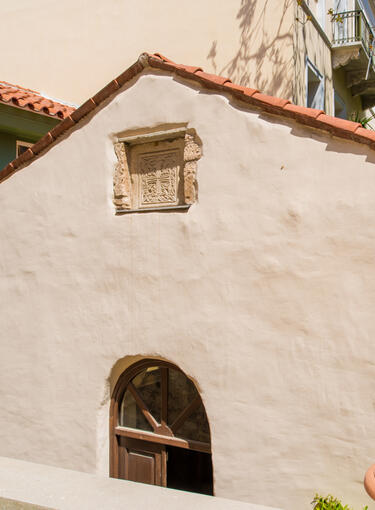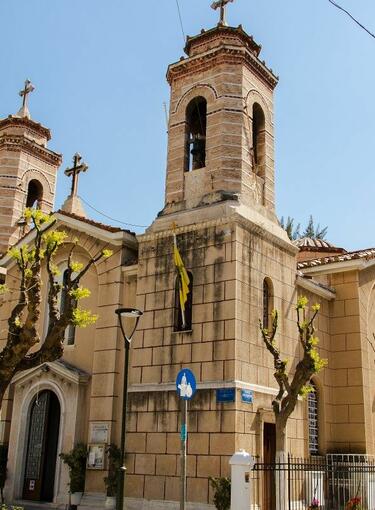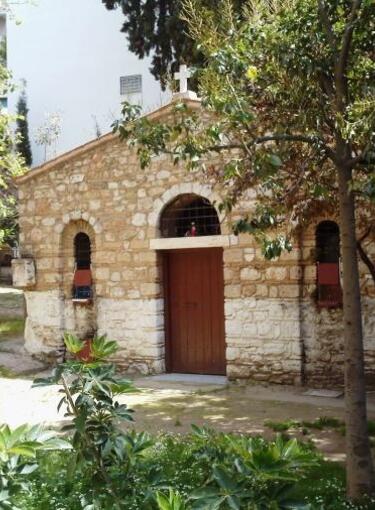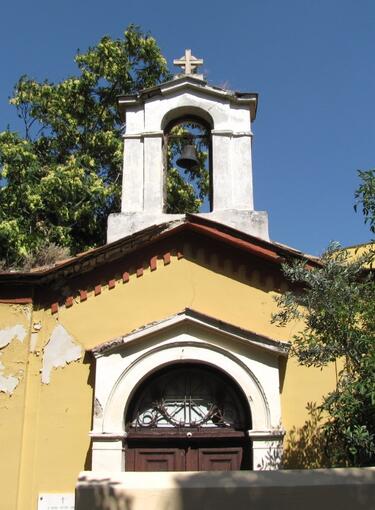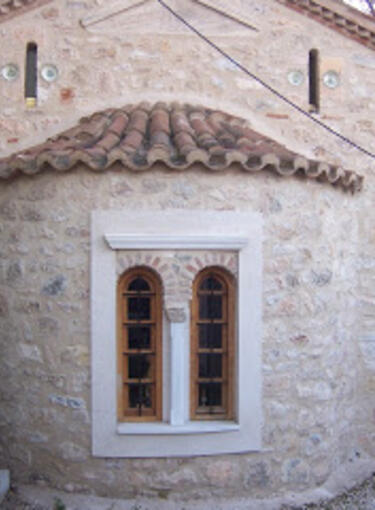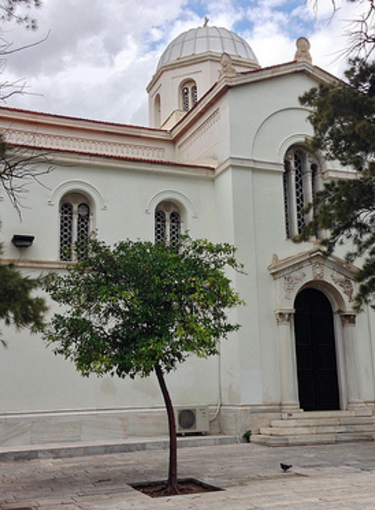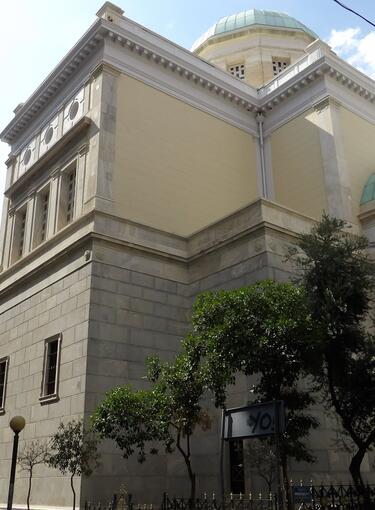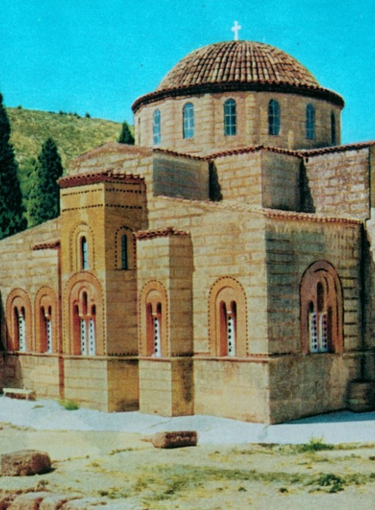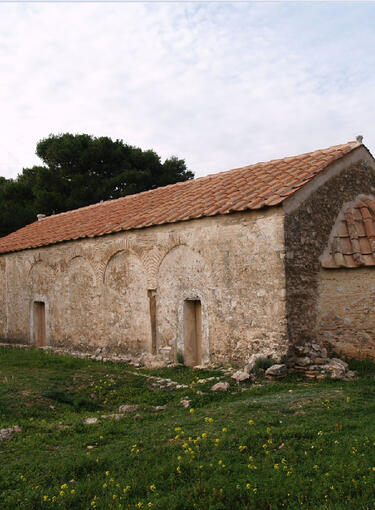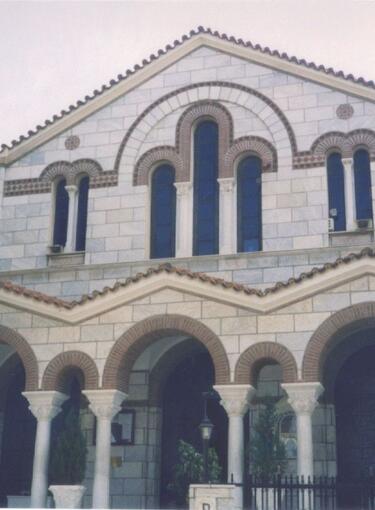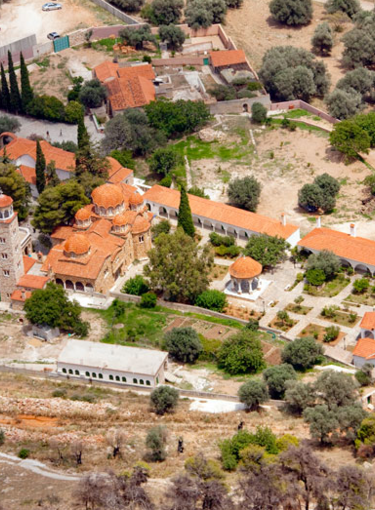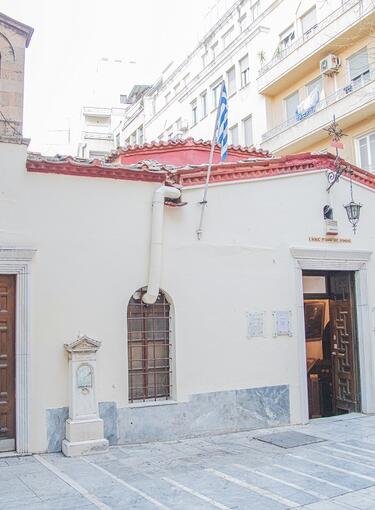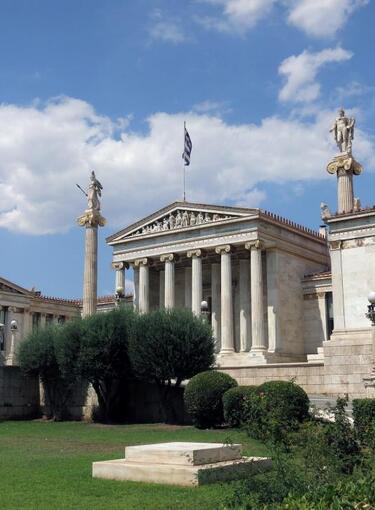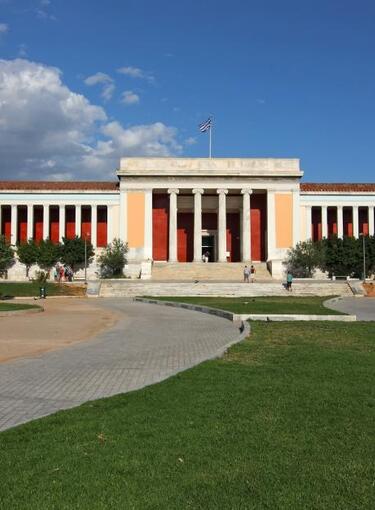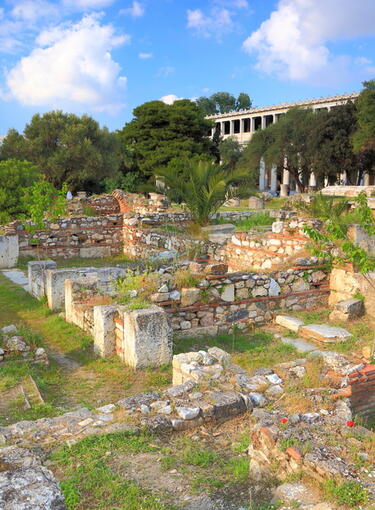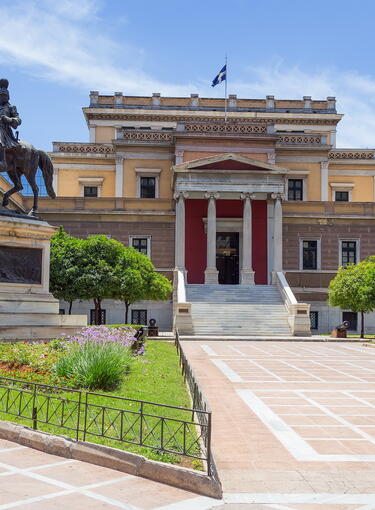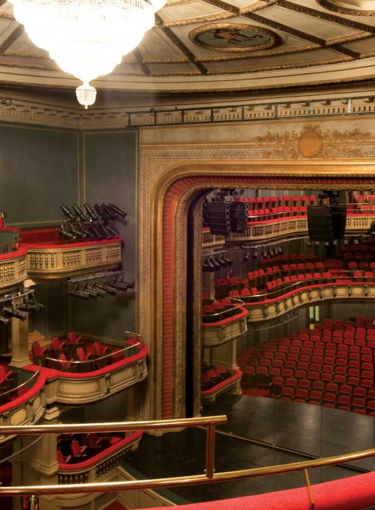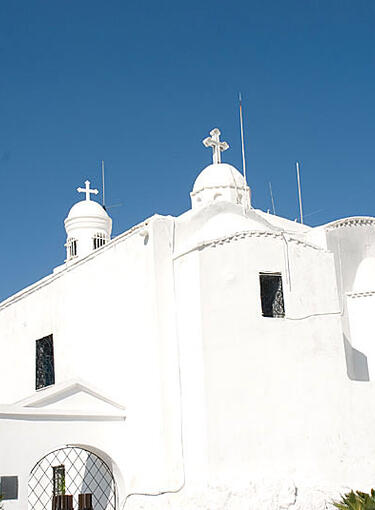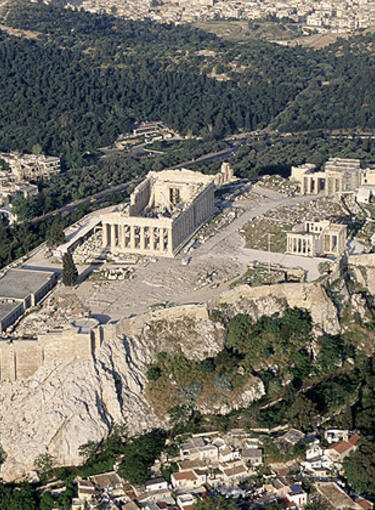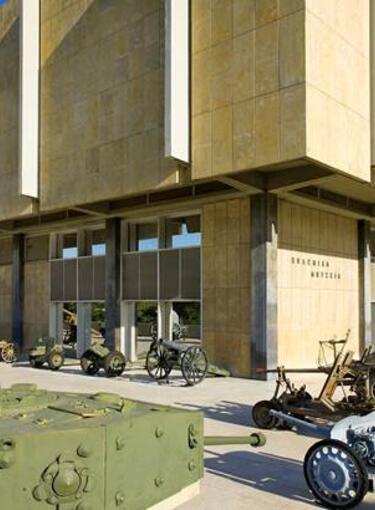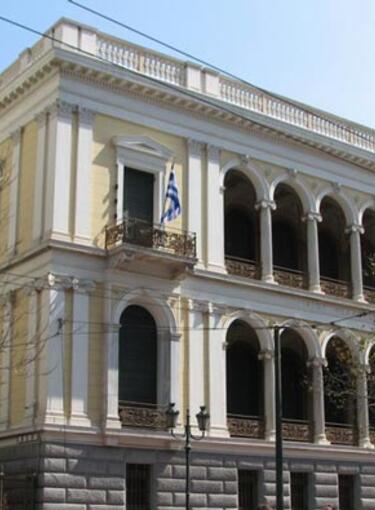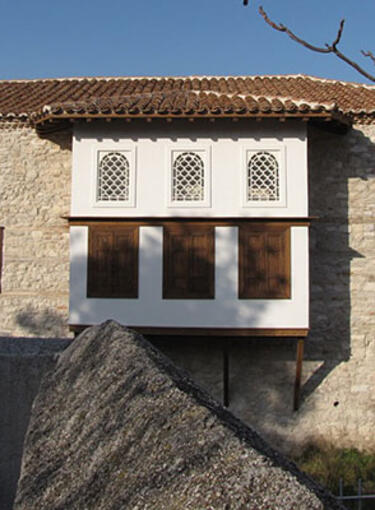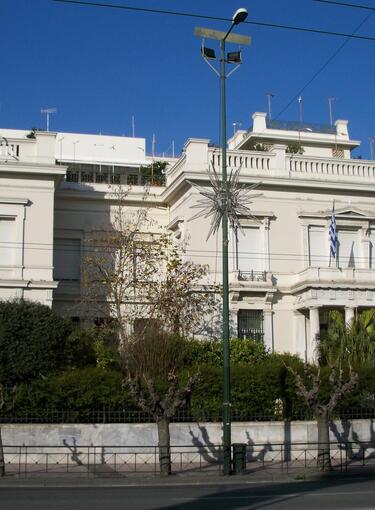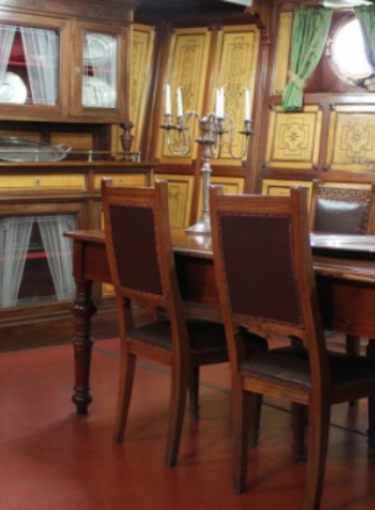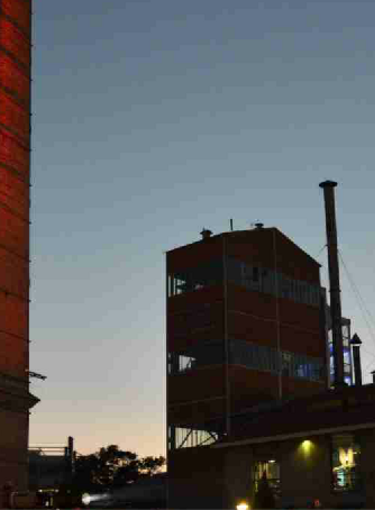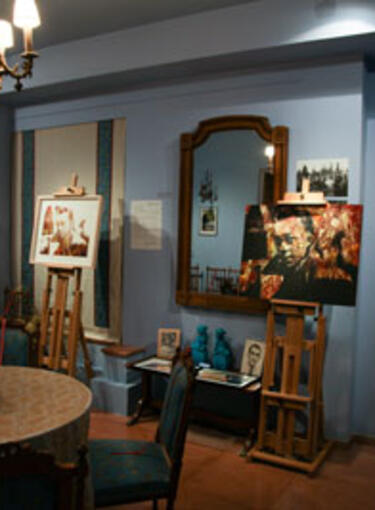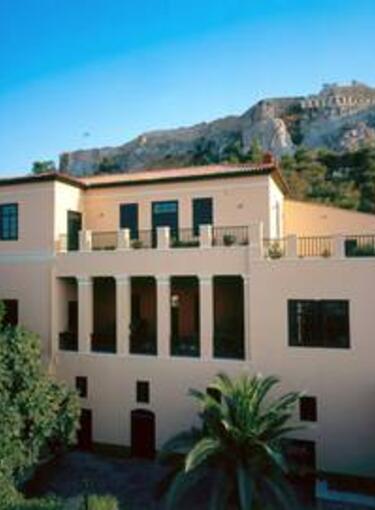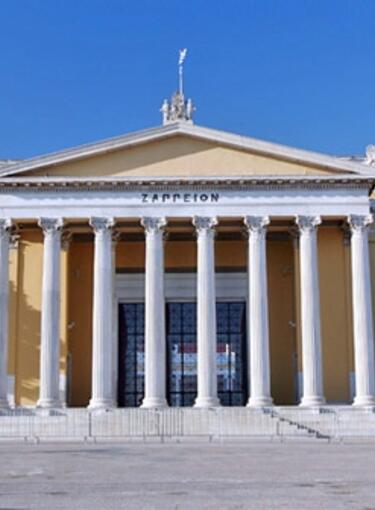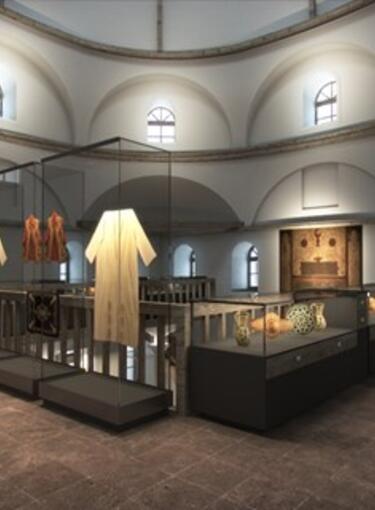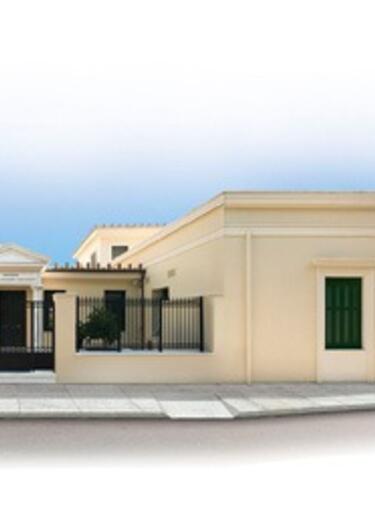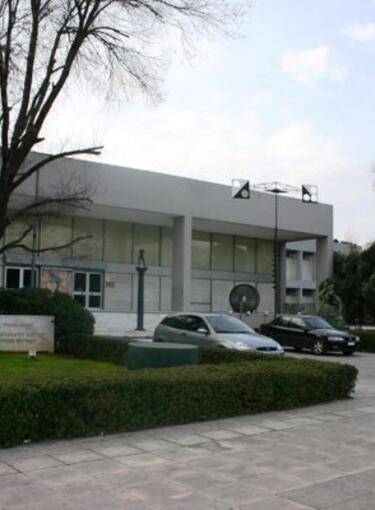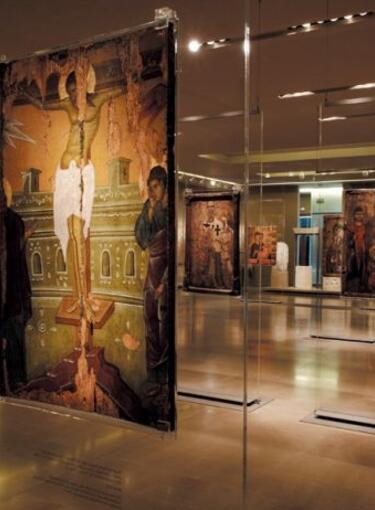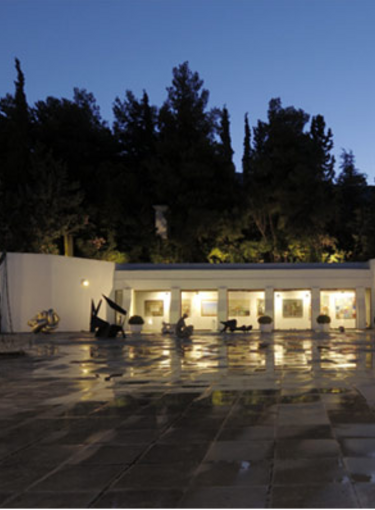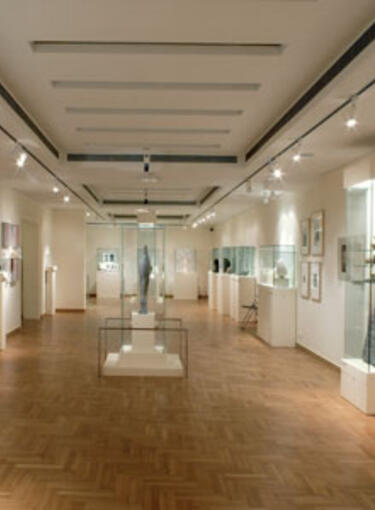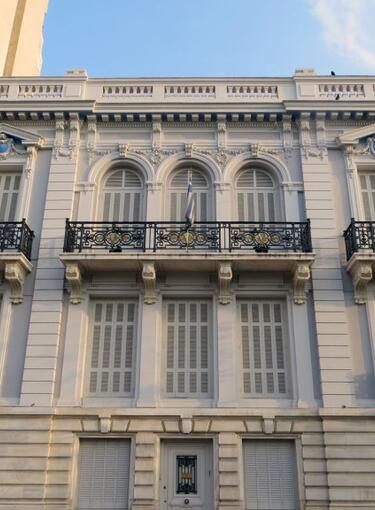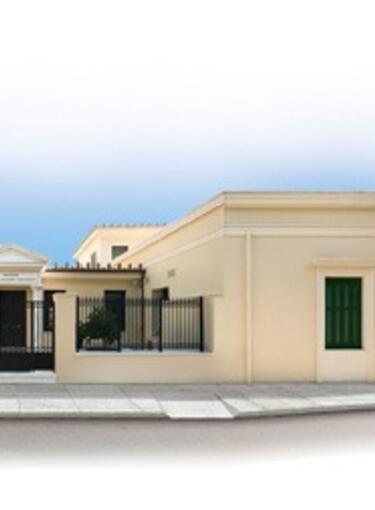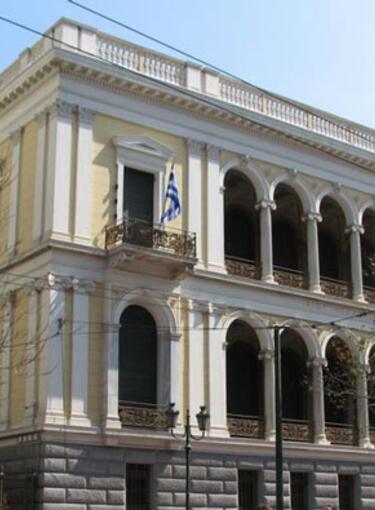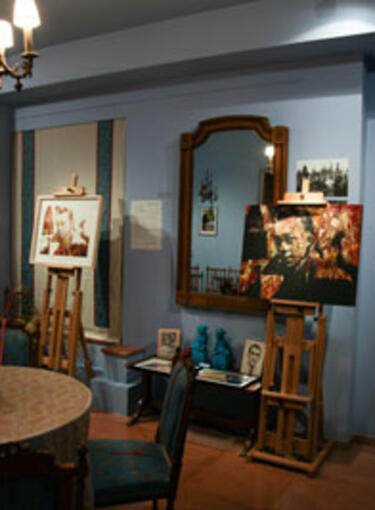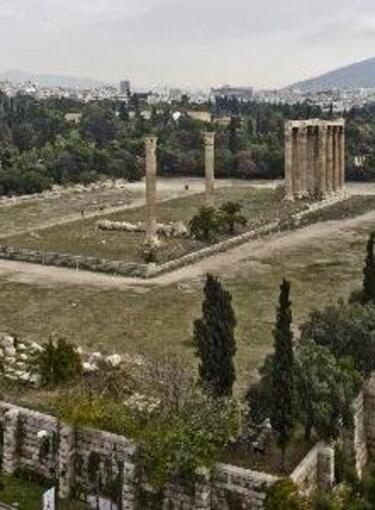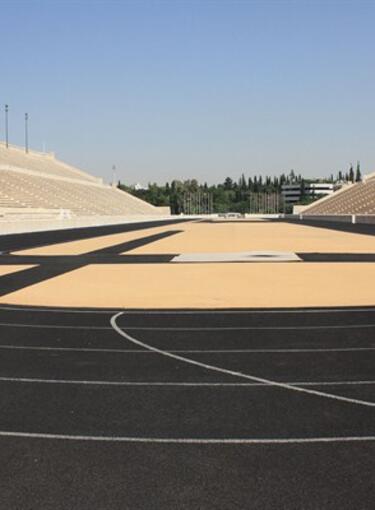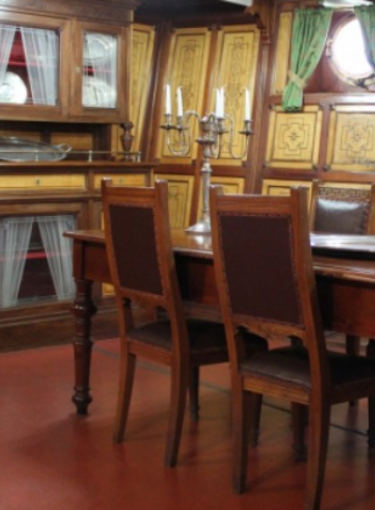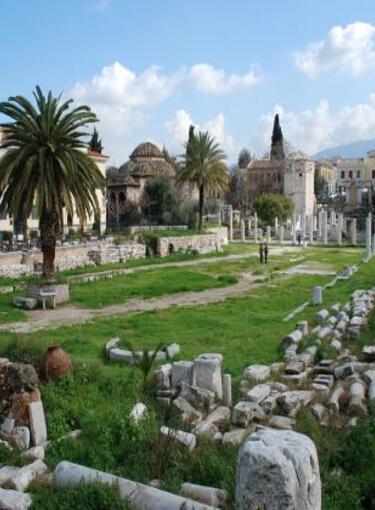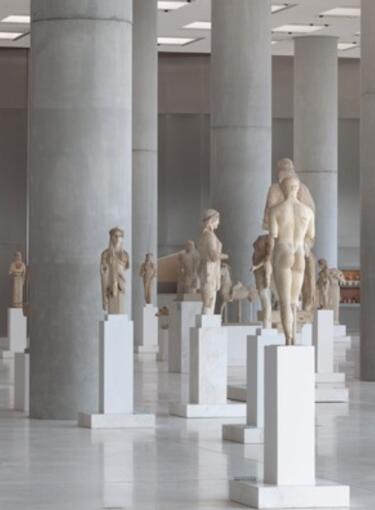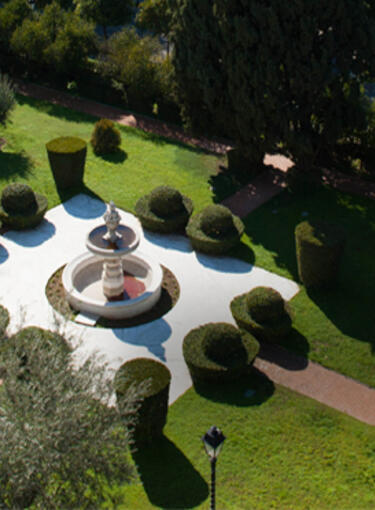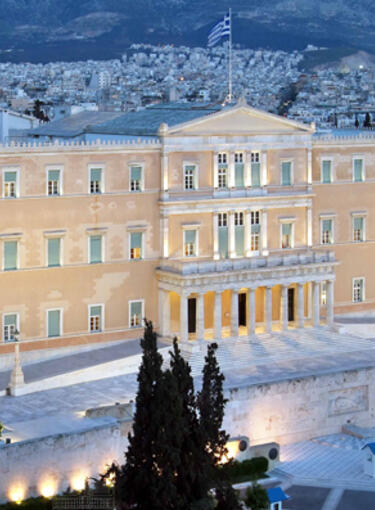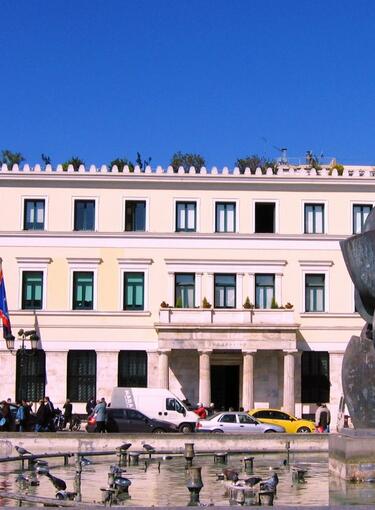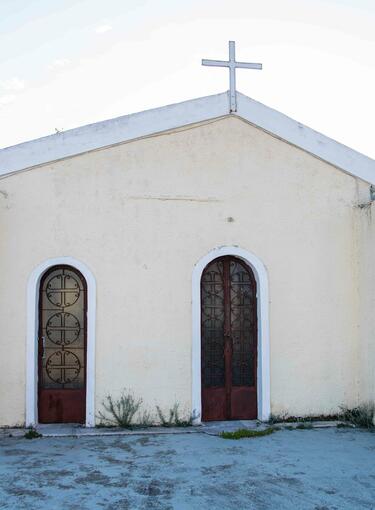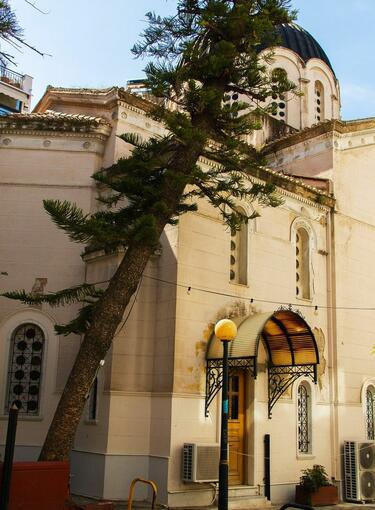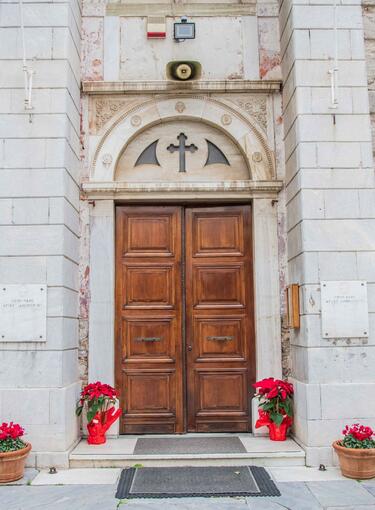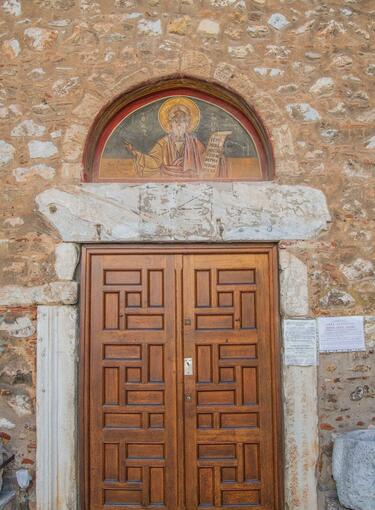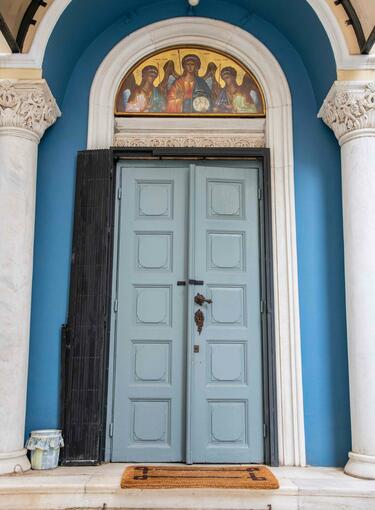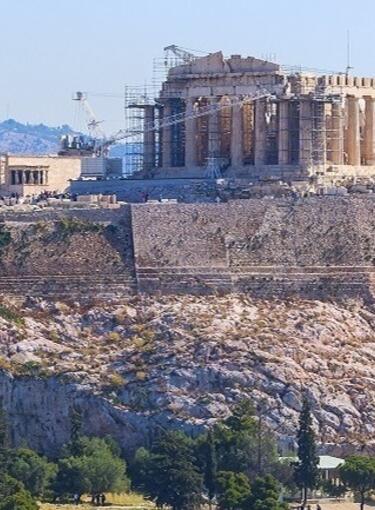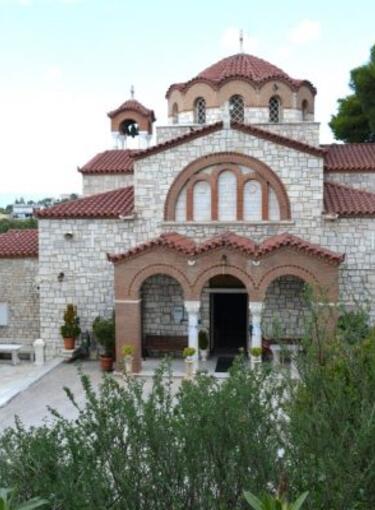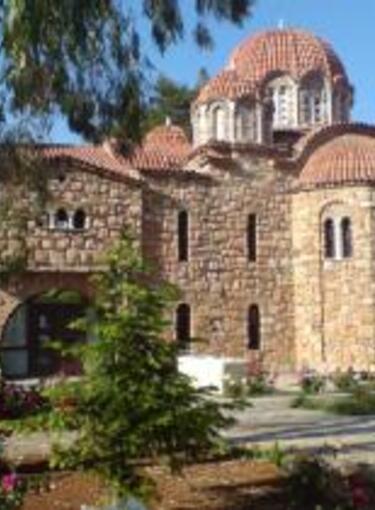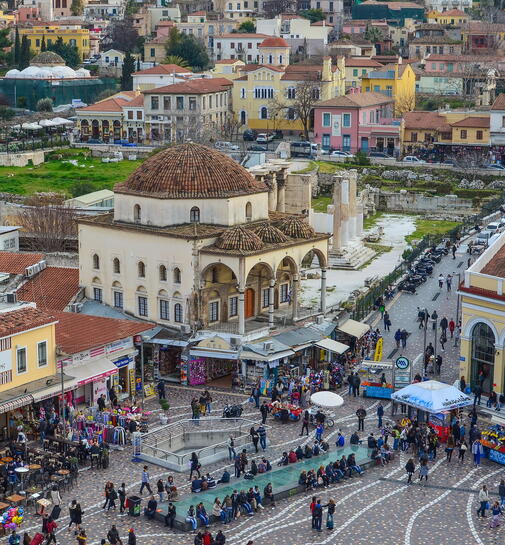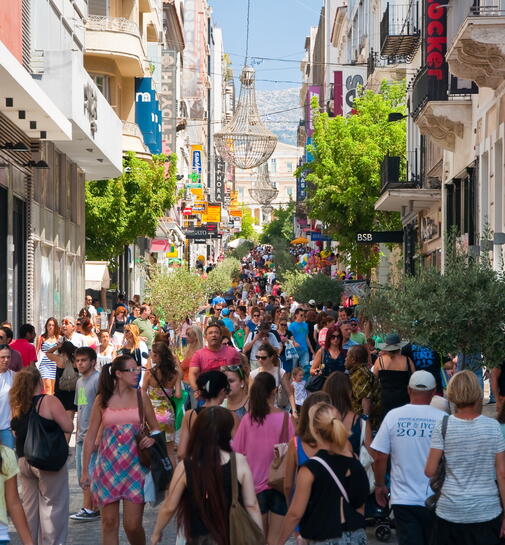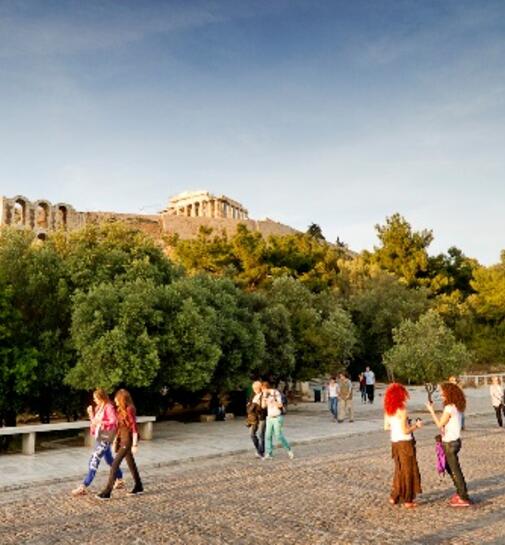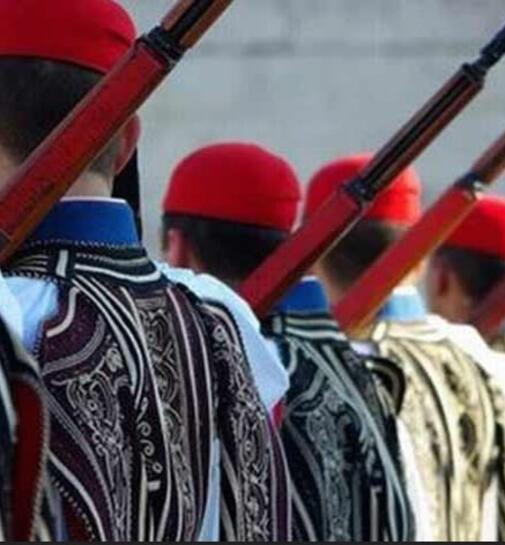At the intersection of Akademias and Gennadiou streets, at the centre of Athens, is the church of Zoodochos Pigi (Life Giving Spring), one of the first to be erected in the area of Neapolis, which was shaped gradually in the 19th century.
Initially the initiative for its construction was taken by the people living in the area, mainly refugees and craftsmen from the islands and other hardworking people, who had settled on the edge of the city. In 1843 efforts started for finding the necessary money through fund raises, with the participation of king Otto and queen Amalia. However, the solution was given two years later by the renowned scholar and teacher of the 19th century, Georgios Gennadius, who granted the building block for the construction of the church. He lived just opposite the church, between the streets Charilaou Trikoupi and Zoodochos Pigi.
The construction of the church began in 1846 following the plans of the architect Dimitrios Zezos, who is considered one of the most important introducers of the so-called “Greek-Byzantine” architectural style. The construction of the church was completed in March 1852 with the contribution of various people through their donations, but the date of its inauguration is not known.
The church belongs to the type of three-aisled basilica, while its steeple was added later, in the end of the 19th century. In 1950 another aisle was added in the south, with a gynaeconitis and a basement. Its interior is decorated by murals that were made in two stages: the first ones, made until 1880, are works of unknown artists, and the more recent ones, in the period 1931-1933 made by the painter Anastasios Loukidis.
The church celebrates the day of Zoodochos Pigi (the Life-Giving Spring) on Bright Friday.
Church of the Life-Giving Spring (Church of Zoodochos Pigi)
Within the urban fabric of the city emerges a church replete with memories and historical moments. It was the 6th of November 1844 when 141 inhabitants of the then suburb of Neapoli, Athens requested from the Ministry that they be granted a licence for the construction of a church dedicated to Mary the All-Holy Theotokos, the Life-Giving Spring (‘Zoodochos Pigi’).
The construction commenced in 1846 and was completed six years afterwards on plans of the architect Dimitrios Zezos and in the land lot which was donated by the Teacher of the Nation, Georgios Gennadios. It was a three-nave basilica with a long ground plan of rectangular shape. In 1900 the bell-tower was built and in 1950 the church was extended to the southern side, with the addition of a nave, in which there is a matroneum and an underground level.
On the exterior, at the eastern side, one can observe the three coffers of the equal-numbered conchs of the Holy Bema of the Church with the tiled roofs and the decorative antefixes and cornices. In the central coffer, on the three–sided surface which is formed there are three-light windows and light–holes while in the side coffers there are single-light windows.
At the western side, a marble staircase leads to the central gate of the church. There, one can admire the mosaic depiction of the All-Holy Theotokos, who is depicted standing, open-handed and with Christ in front of her, while in the low part of the depiction there is a larnax full of life-giving water from its spring.
In the interior of the church, the narthex is divided from the naos by two piers, while in the naos one cannot but observe the eight marvelous marble columns of a height of 5.50 meters with square bases and with capitals decorated with relief plant-shaped patterns. The Holy Bema consists of three areas which between them are divided by large piers and communicate with apsed openings. The church is trisubstantial. The central conch is dedicated to Mary the Life-Giving Spring, the northern conch to Saint John the Baptist and the southern conch to Saint Charalambos.
The astounding church of Mary the Life-Giving Spring is graced by murals of various art phases the most remarkable being the ones of the Academic painter Anastasios Loukidis. Loukidis, in the time period 1931-1933, left his personal stamp on the church, adopting the Renaissance style.
In 1934, the icon painter, Thomopoulos, curated some scenes in the Holy Bema and in 1950, Geralis, crafted the icons in the more recent southern nave of the church. A band of painting decoration within the Holy Bema bore the signature of the icon painter Kardamakis. The conservation works of the murals of the church unveiled the works of Loukidis also in this band, below the murals of Kardamakis.
Loukidis, envisioned and depicted in an excellent manner a coupling of the ecclesiastical tradition and modern art. The colour palette which he employed in his works predominates, and yet, unfortunately, time has altered to a great degree the intensity of the colours. The priestly figures of Loukidis are strict and haughty. In the depictions of a special interest are the colour bands, which seem to bifurcate, but also in parallel connect, in an astounding fashion the religious icons.
Entering into the church, one is impressed by the monumental procession of the holy figures in the central dome within the golden ground. The depictions recall mosaics of Early Christian churches. In the central conch of the holy bema looms the Platytera of the Heavens. Underneath, two rows of angels are depicted. In the northern conch, in a gold background, the eye is captivated by a winged Angel. He is holding a book on which on the one side the phrase reads, ‘I am the light of the World’. Correspondingly, in the southern conch, another Angel, also in golden background is holding a book on which it reads ‘behold, the virgin shall conceive and bear a son, and they shall name him Immanuel’.
On the roof of the gallery the depiction of the Creation of the Universe stands out. The western wall is adorned by the depiction of God, throned, among angels, overseeing his creations. At the northwestern side dominates a work by Loukidis, in which is depicted the expulsion of the First Humans from Heaven.
Of interest are the portable icons of the church with most significant being the guardian icons of Mary the Life-Giving Spring, and Saint Charalambos. They are placed on marble icons stands on either side of the central gate and bear silver coatings. In fact, the icon of the Life-Giving Spring is identical to the one of the painter Ceccoli, which is situated at the Holy Monastery of the Life-Giving Spring of Poros. The Theotokos is depicted among clouds. She bears a golden halo and a crown. She is holding a scepter in the right hand and with the left she entwines the legs of baby Christ.
The aesthetic beauty of the church is completed with the most splendid courtyard, in which an elaborate font is preserved with a basin at which the faithful washed their hands before entering the church.
Informations
Additional
Date:
1846-1852
Season:
Modern
Celebrates:
Bright Friday
Holy Metropolis:
Archdiocese of Athens
Address:
Akadimias 67 10678
Access:
Metro Panepistimio / Omonia


